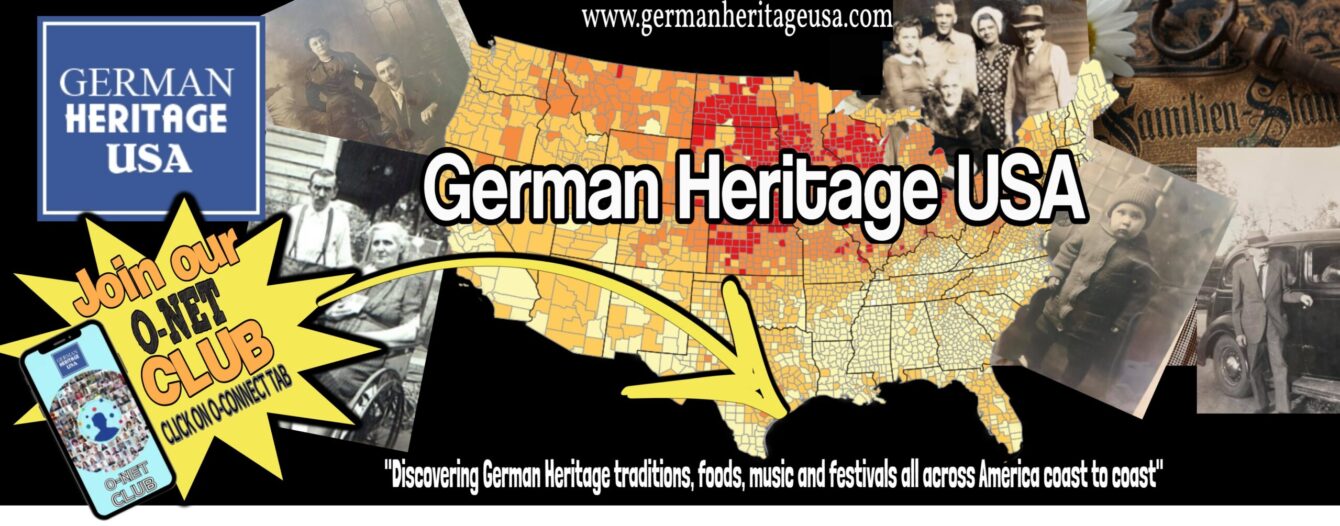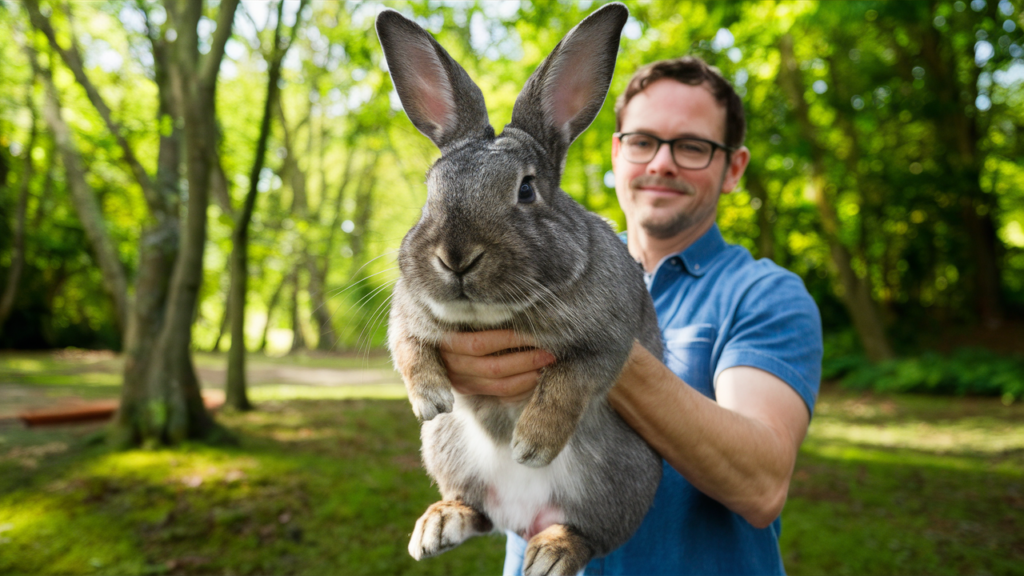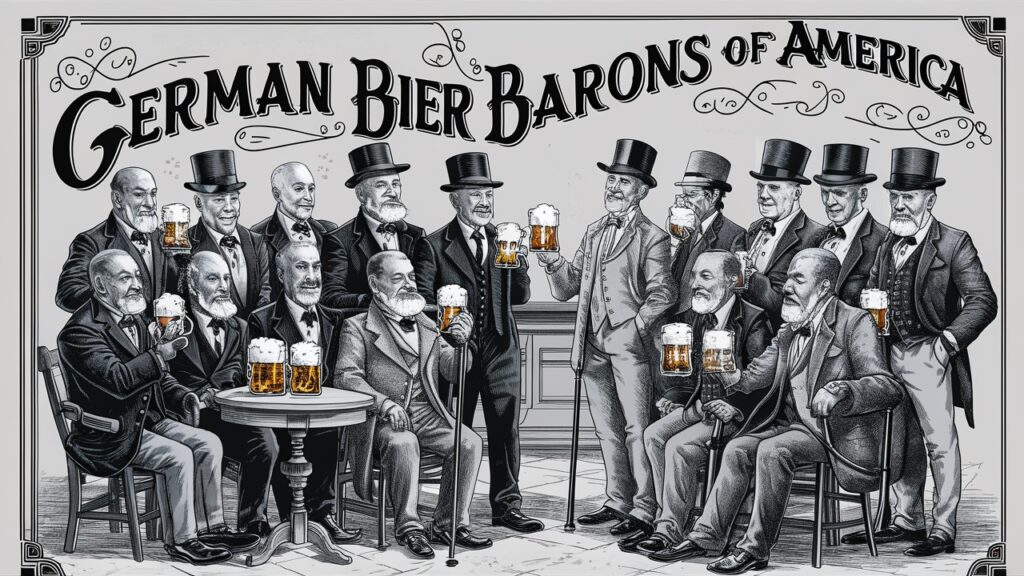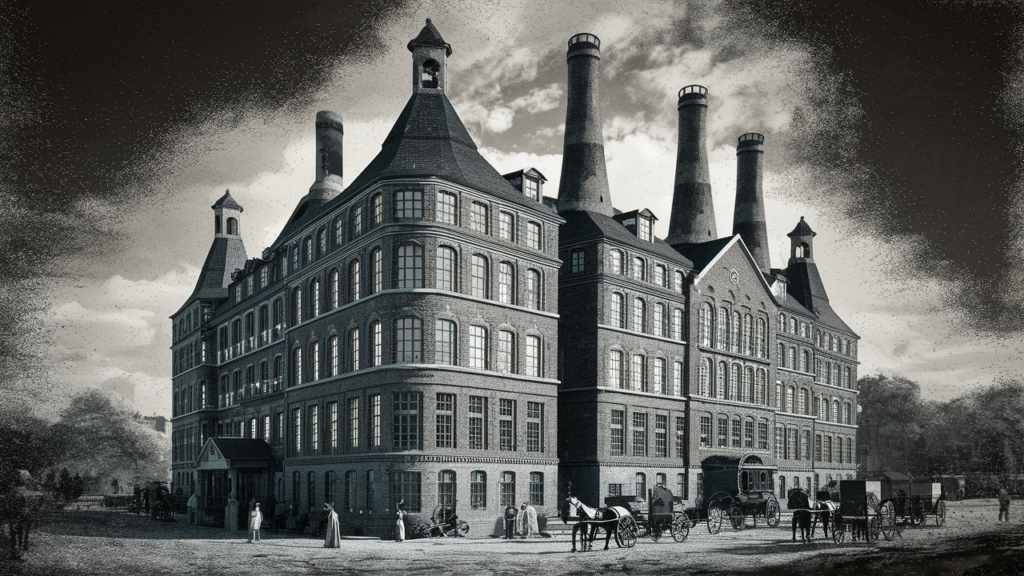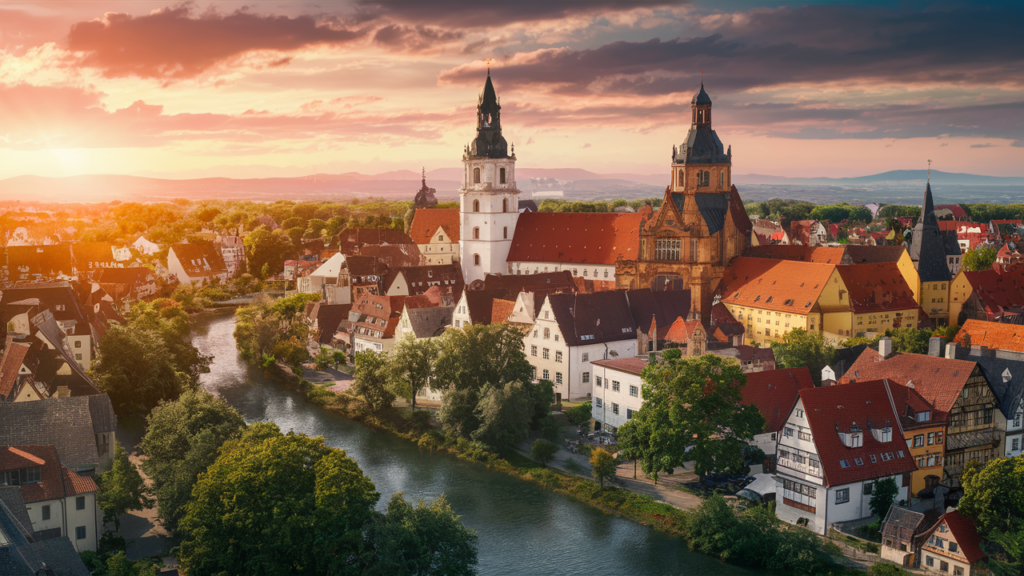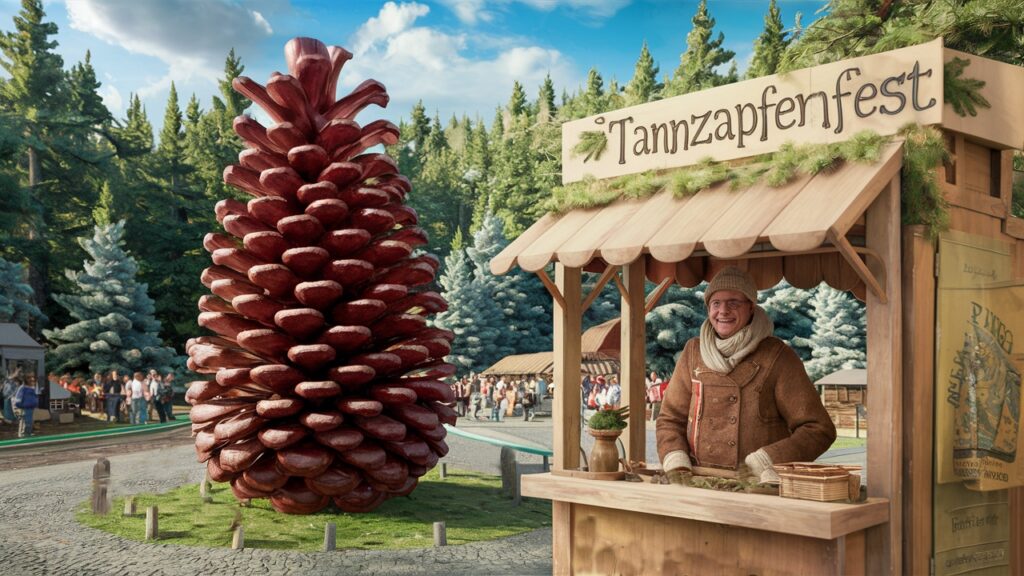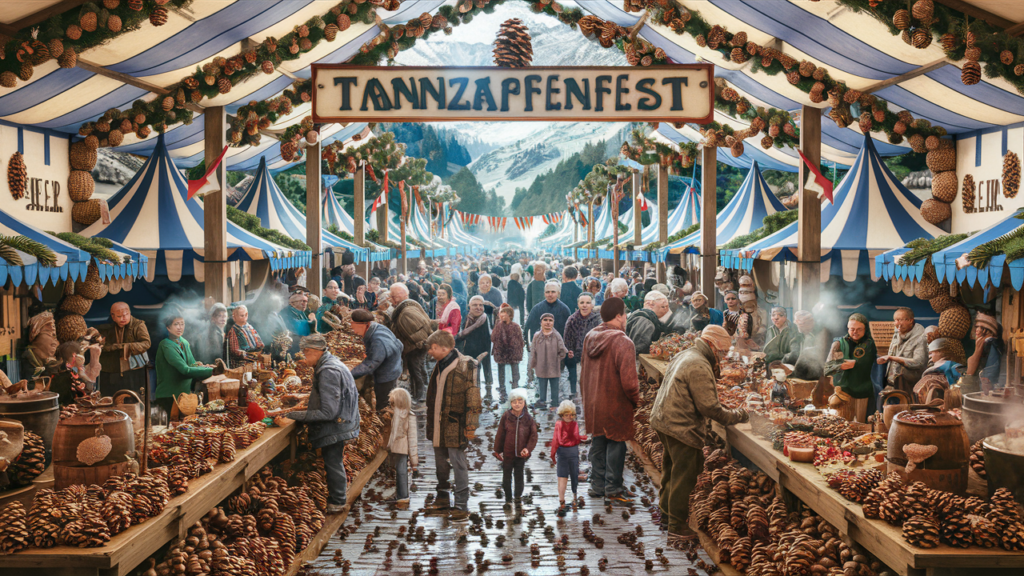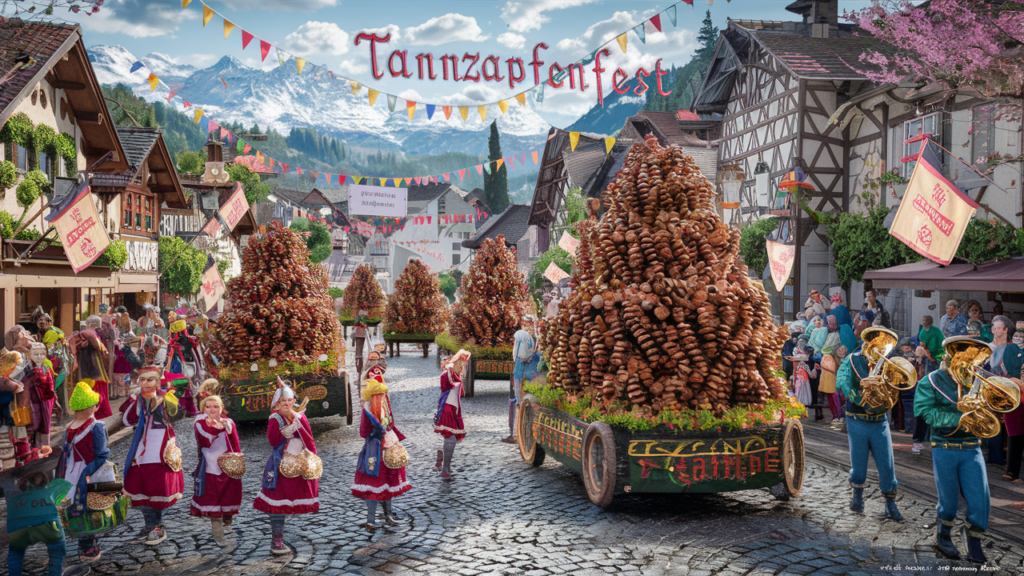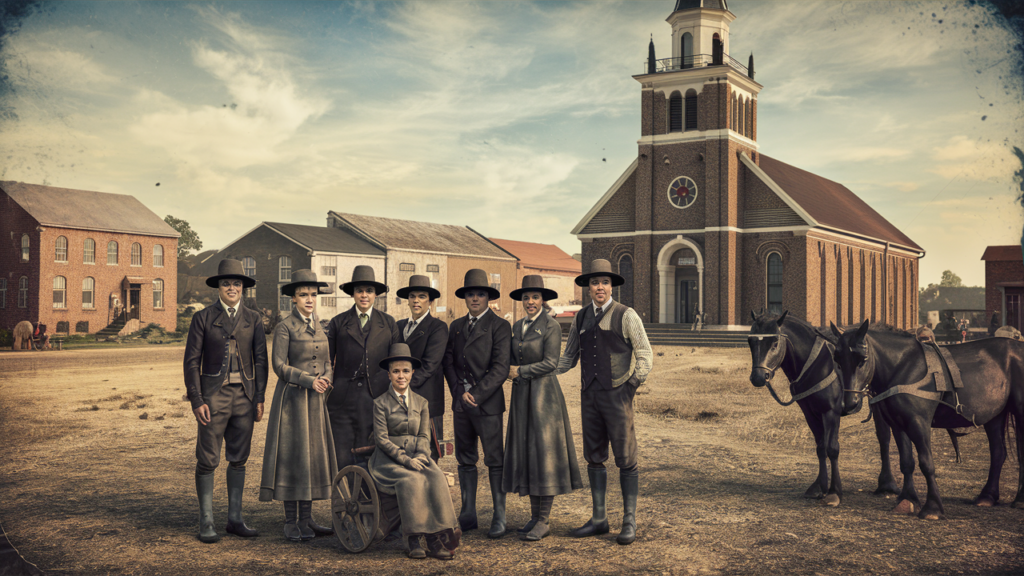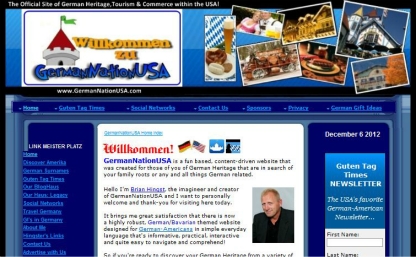The Enduring Legacy of German-American Inventors and Innovators
Did you know that German-American inventors and innovators have changed the world? They made big leaps in many areas. These include science and technology, medicine, music, and how things are built.
- German-American inventors and innovators have made significant contributions to science, technology, medicine, music, and infrastructure.
- Their German heritage has shaped their breakthroughs and innovations, reflecting their enduring legacy in America’s growth and advancement.
- German-American entrepreneurship and business innovations have also played a vital role in shaping the country’s economic landscape.
- German immigrants brought their brewing expertise to America, establishing a rich brewing tradition that continues to influence the beer industry.
- German-American scholars and educators have advanced knowledge in various academic disciplines, contributing to the fields of education and research.
German-American Contributions to Science and Technology
Many important inventions and ideas come from German-American thinkers. They have changed how we live and work. Their hard work has led to new breakthroughs in science, engineering, and technology. This has made a big difference in many fields.
Albert Einstein is a well-known example of this. Born in Germany, he moved to the U.S. because of political differences. His work on the theory of relativity and the photoelectric effect won him the Nobel Prize. Einstein’s ideas have greatly impacted physics and our knowledge of the universe.
“Imagination is more important than knowledge. For knowledge is limited, whereas imagination embraces the entire world, stimulating progress, giving birth to evolution.” – Albert Einstein
Another example is Nikola Tesla, who was from Croatia and later became a U.S. citizen. He is famous for his work on electricity and wireless communication. Tesla’s inventions set the stage for our modern technology.
